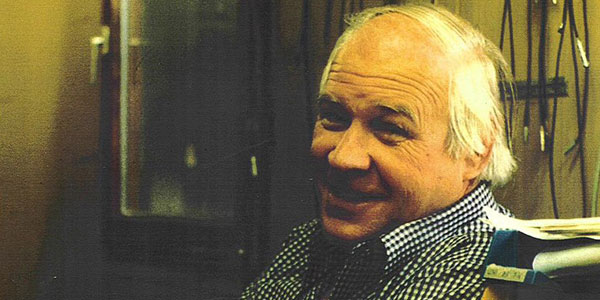Sellschop’s neutrinos and an elusive energy
- Beth Amato
These ghost particles have travelled light years to where we are and are proof that humans are essentially stardust and sunlight.
Neutrinos are sometimes referred to as ghost particles because they’re tiny, massless, and have no electric charge. They’re famously difficult to detect, but during the years they’ve been studied, they have answered fundamental physics questions.
In a deep underground mine in South Africa in 1965, one Professor Friedel Sellschop, who had, at the age of 26 founded the Nuclear Physics Research Unit at Wits University in 1956, observed that elusive neutrino particles occurred in nature. This was a major development and a step beyond where they had previously only been found: as man-made particles emanating from a nuclear reactor.

‘Like some watcher of the skies’
Sellschop’s makeshift nuclear lab had been blasted out of rock three kilometres deep down the mine, and it is here that he could isolate the impossibly vague signal emanating from a neutrino. In this moment, it is said that he quoted Keats’ ode to Homer: “‘Then felt I like some watcher of the skies/when a new planet swims into his ken’.”
Sellschop then devoted himself to the development of diamond physics. Diamonds, he said, were the Earth’s most profound messengers, answering questions about the Universe’s origins.
Furthermore, his work contributed to the potential use of diamonds in tech material, resulting in nine registered patent applications.
Schonland to iTemba
The eminent professor was greatly admired by the world’s physicists for conducting pioneering experiments with little to no resources. Indeed, his laboratory in basic and applied nuclear physics was nothing short of world-class. The Wits Nuclear Physics Research Unit became the Schonland Research Institute for Nuclear Sciences and after its incorporation into the National Research Foundation in 2004, is now operated by iThemba Labs.
Sellschop’s positions at Wits included Dean of the Faculty of Science and later Deputy Vice-Chancellor of Research from 1984 to 1996, after which he retired.
Now in the 21st century, Wits University bestows the Friedel Sellschop Awards annually to recognise and encourage young researchers. The awards are underwritten by a research grant made available by the University’s Research and Innovation Committee to qualifying researchers.
Sellschop was a true scientist until his death in 2002. Even while retired he was in search of the next earth-shattering discovery. Sleep was an inconvenience; if he was tired, he’d jump into a cold pool and then, fully awake, he’d continue to work. Scientific discovery is ongoing and Sellschop’s contribution was one of its fundamental universal building blocks.
Sources:
- PBS News Hour for the description of neutrinos
- Sunday Times, obituary by Chris Barron
- Mail & Guardian, tribute
- Beth Amato is a freelance writer.
- This article first appeared in Curiosity, a research magazine produced by Wits Communications and the Office of the Deputy Vice-Chancellor: Research and Innovation.
- Read more in the 15th issue, themed: #Energy. We explore energy research into finding solutions for SA's energy crisis, illuminate energy needs of people with disabilities, address the energy and digital divide in an unequal society, and investigate the origins of fire control.

